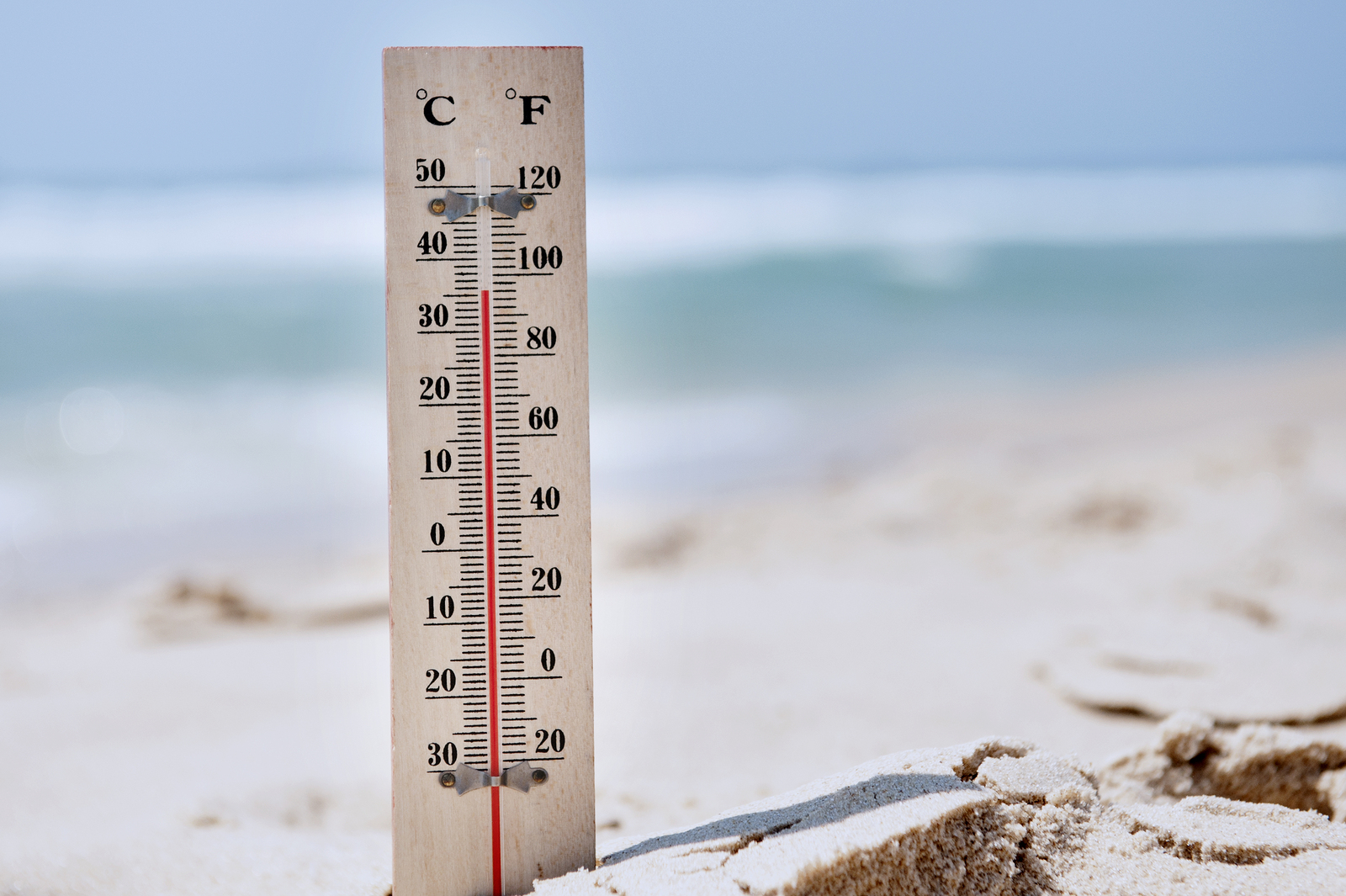Much of Australia is currently in the grip of heatwave, the second in a week and as usual this precipitates a lot of discussion about the climate. Australia is a vast country with diverse areas and so average temperatures vary according to regions. A large part of central Australia is desert. The south-east and south-west has a temperate climate, while the northern part of Australia is largely tropical. The highest official recorded temperature was 50.7 at Oodnadatta Airport in South Australia, on 2nd January 1960.
Due to the risk of bushfires in summer, states will often instigate a total fire ban on days of extremely hot weather. Total fire bans are declared in the evening before they are due to take effect and notified to the community through media channels such as TV and radio news programs. A total fire ban prohibits starting any open fire or undertaking any activities that may start a fire. This includes open air fires for cooking or camping, as well as use of incinerators, welders, grinders and other tools that may give off sparks.

Heatwaves can cause serious illness and even death, particularly among the very old and very young and those with underlying health conditions. The Australian Government, along with various health organisations, regularly provide advice to Australians about how to manage extreme weather conditions and prevent conditions such as heatstroke.
In addition to managing heat stress, summer is a time when health professionals also provide advice to Australians about reducing the risk of skin cancer. Approximately two in three Australians will be diagnosed with skin cancer before they are age 70 and skin cancer account for around 80% of all newly diagnosed cancers. Many GP clinics offer regular skin-checks and Australian residents are encourage to discuss any skin concerns with their GP.
How to beat the heat
Most workplaces and businesses in Australia have air conditioning. During heatwaves residents without air conditioning often retreat to public places like shopping malls, libraries, or art galleries and museums to keep cool. Another popular place for families to beat the heat in summer are public swimming pools, most of which offer both indoor and outdoor pools.
With most Australian capital cities being coastal, the beach is also a popular place for families in Australia. Tourists and immigrants are currently being warned about the dangers of Australian beaches which can include rips, jellyfish and sharks. Many popular beaches are controlled by volunteer lifeguards who set up flags to indicate safe swimming areas.
Whether you like your summers hot and humid, or you prefer a cool mountain breeze, HealthStaff Recruitment has health professional positions available in various regions. For more information about living and working in Australia, check out our Medical Jobs Australia page.
